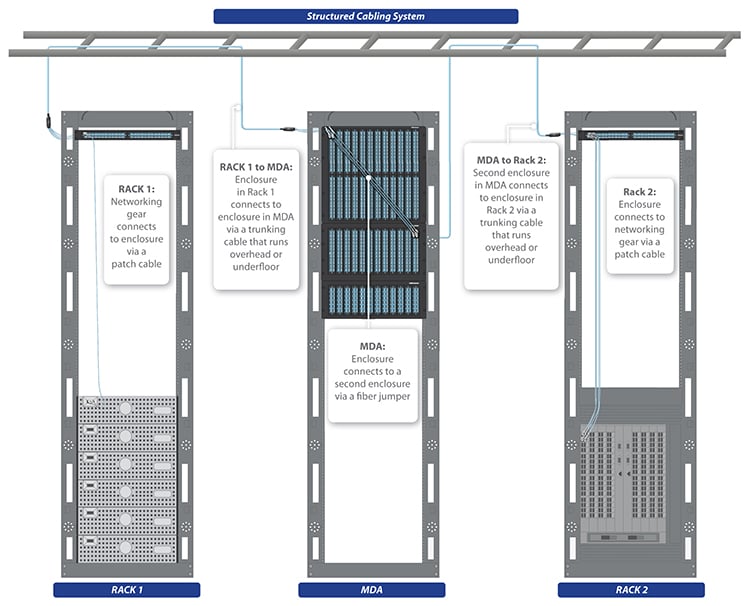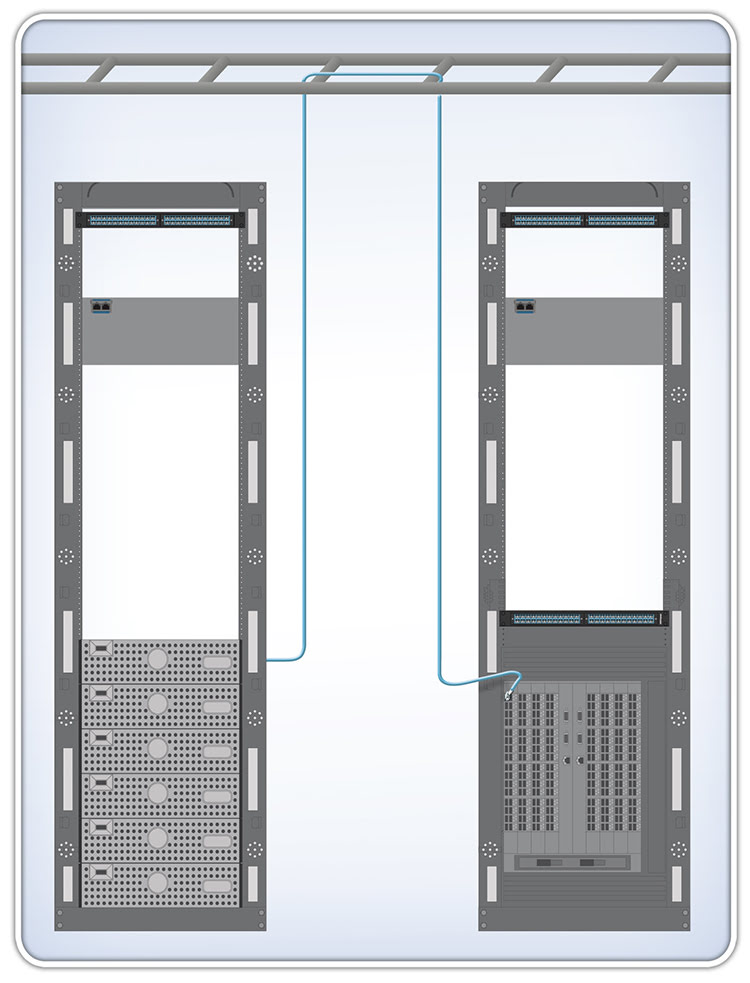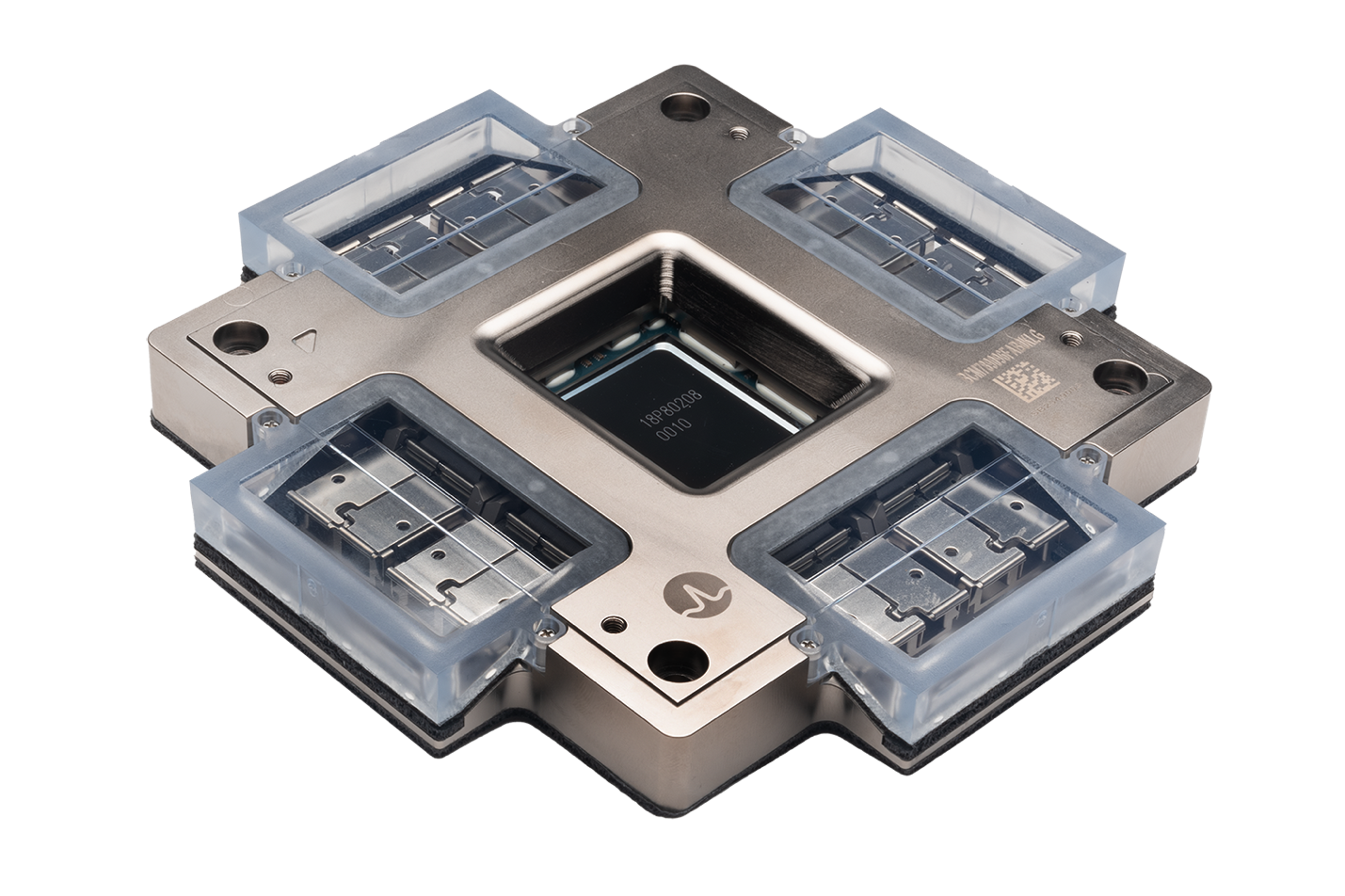In the cable world, the term structured cabling gets thrown around often. People use it as a buzzword, but what does it really...
In the cable world, the term structured cabling gets thrown around often. People use it as a buzzword, but what does it really mean? What exactly is structured cabling?
Well, to get the true meaning, let’s look at some definitions.
According to the Fiber Optic Association, structured cabling is the standardized architecture and components for communications cabling specified by the EIA/TIA TR42 committee and used as a voluntary standard by manufacturers to ensure interoperability.
If you look into TIA TR42, your search will likely bring you to discover that structured cabling is even more technically defined and outlined by TIA 568.
You can see that this path leads to lots of lengthy and highly technical language, but if that's not what you are looking for our next question is for you.
What Is Structured Cabling (in Plain Language)?
Structured Cabling is defined as building or campus telecommunications cabling infrastructure that consists of a number of standardized smaller elements (structured).
A properly designed and installed structure cabling system provides a cabling infrastructure that delivers predictable performance as well as has the flexibility to accommodate moves, additions, and changes; maximizes system availability; provides redundancy; and future proofs the usability of the cabling system.
This definition gives you a better sense of what structured cabling is and its purpose.
What Does Structured Cabling Look Like?
To answer that question, I would use the word “organization”. Structured cabling is an organized approach to cabling infrastructure. Although it may seem backward, to fully understand this concept it is easiest to look at what structured cabling isn’t. In many data centers, the cabling methodology used is defined as “point-to-point”. That method runs patch cables (or “jumpers”) directly to and from the hardware that needs connectivity.
In a structured cabling system, a series of patch panels and trunks are used to create a structure that allows for hardware ports to be connected to a patch panel at the top of the rack. That patch panel is then connected to another patch panel via a trunk (multi-fiber assembly designed for use in conveyance) in the MDA (Main Distribution Area).
The MDA is the key aspect of structured cabling. This is where all the MAC’s (Moves, Adds, and Changes) can be made with short length patch cords.
See below for some helpful diagrams.
Structured Cabling vs Conventional Point-to-Point Cabling
Below are diagrams of an structured cabling solution and point-to-point cabling. The diagrams outline the basic approaches to cabling. You'll see the different components and structured cabling products involved. Seeing these two approaches to cabling side by side help demonstrate how these two systems differ and how structured cabling solutions provide several benefits.
Structured Cabling Solution

Point-to-Point Cabling

What Are the Benefits of Structured Cabling?
Once again, organization is the key word here. With an organized, top quality structured cabling system the benefits are:
- Moves, adds, and changes are much easier due to the fact that they are done in the MDA versus running long patch cords from equipment racks.
- Potential for downtime is reduced as the potential for human error is drastically reduced due to this organization.
- Time savings; cable and port tracing becomes a much easier job with a structured cabling system. This logical, organized approach not only makes changes easier, but it saves you time.
- Aesthetics; Never underestimate the looks! A structured cabling system will look much cleaner than a point-to-point method. Since the changes are done in the MDA versus at the hardware, the hardware can be cabled up and not touched in most instances. This allows the cabling in front of the switch to remain aesthetically pleasing.
What Are the Risks Of Not Switching to a Structured Cabling System?
- Downtime: With an unorganized messy cabling infrastructure, mistakes are common like incorrect ports are unplugged or even worse is the messy cabling that gets in the way. Trying to remove a single cable from a large tangled mess can cause stress on the other cables. This stress can lead to network and channel errors in the hardware that are very difficult to trace.
- Airflow: If a point-to-point method is used, the front and potentially the sides of the switch are congested with cabling bulk. This impedes the airflow that the switch needs to operate. This also translates to underfloor cooling; cabling congestion in this space hinders the airflow of the computer room air conditioning (CRAC) unit and can cause cooling issues.
Recent Posts
Introduction: A New Chapter in Optical Connectivit
Low-loss fiber connectivity is essential for...
Starting a data center hardware upgrade is a...
Posts by Tag
- data center (12)
- Fiber Optic Cables (11)
- Cabling (7)
- NETWORKING (6)
- Structured Cabling (6)
- Fiber Optic Cabling (5)
- Fiber Cable (4)
- Networking Cables (4)
- Fiber Cables (3)
- Hardware Security (2)
- IT Infrastructure (2)
- Port Replication (2)
- Sustainability (2)
- AI (1)
- Brocade (1)
- Carbon Offsetting (1)
- Data Security (1)
- FCOE Works (1)
- ICLs (1)
- IT Equipment (1)
- IT Network (1)
- IT infrastructures (1)
- POE (1)
- Switches (1)
- Tapped Holes (1)
- data centers (1)
- hardware (1)
- infrastructure (1)
- storage (1)
- strategy (1)
Popular Posts
Why does the gauge matter in my network’s racks?...
High dB loss in fiber optic cabling...
Let’s look at the construction of fiber optic...








